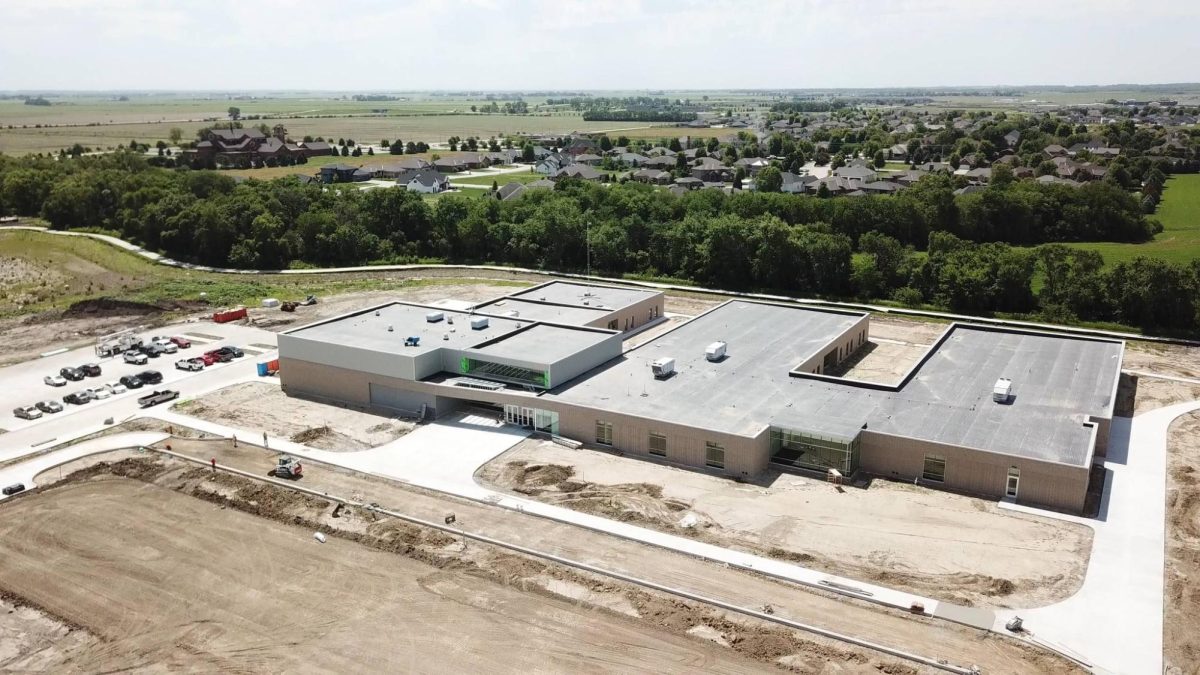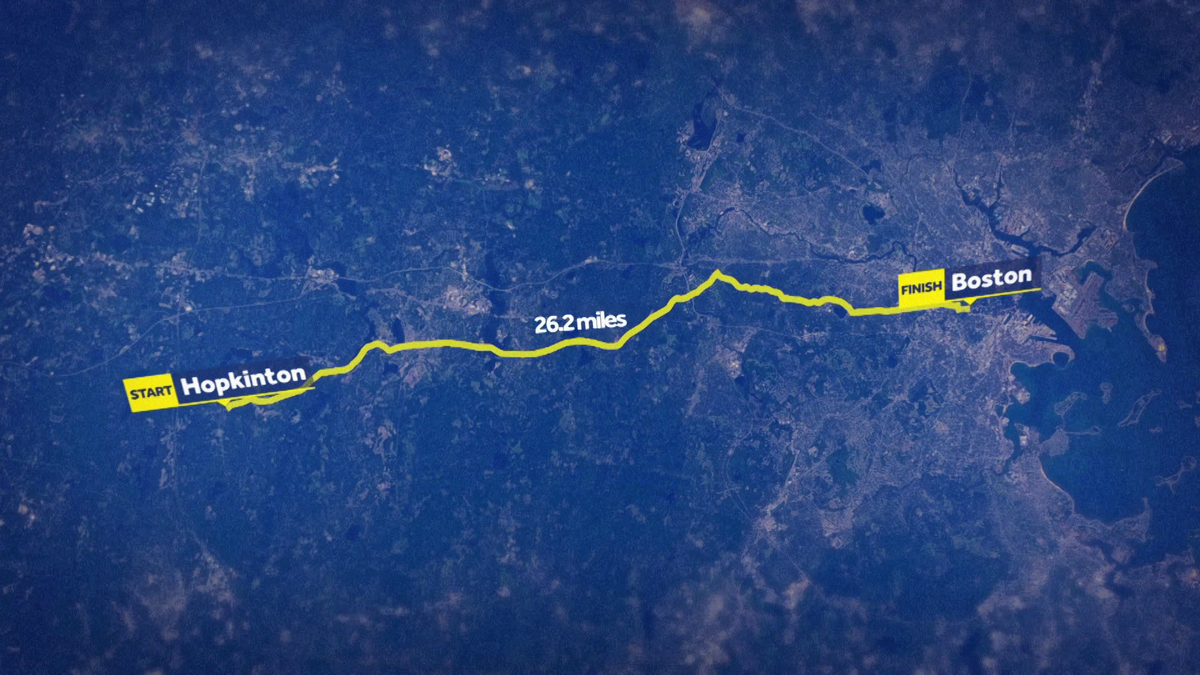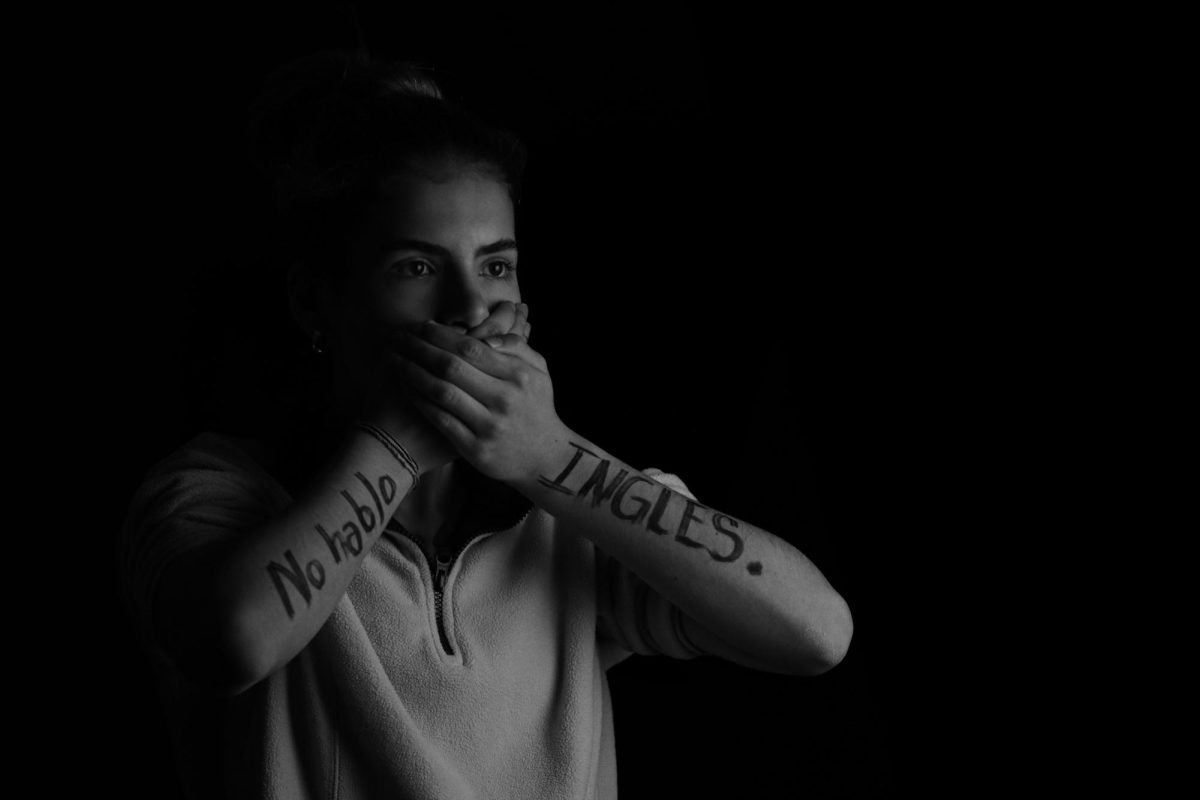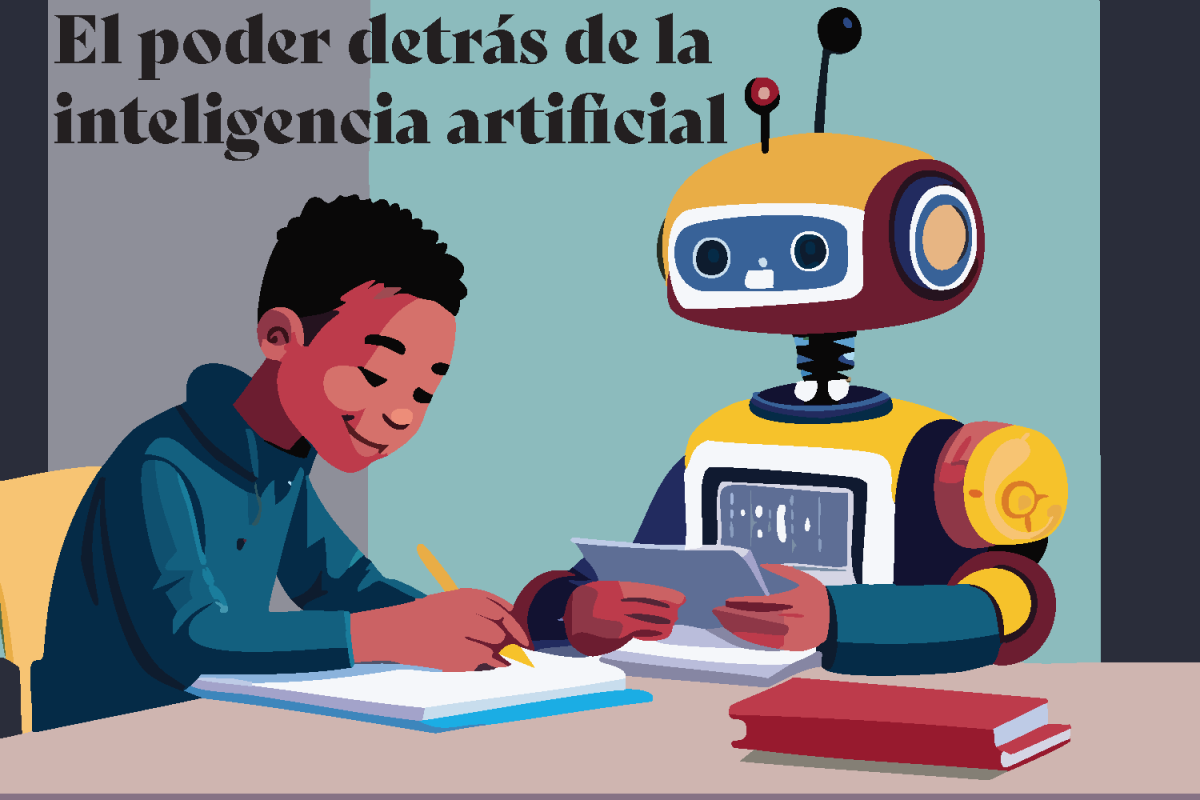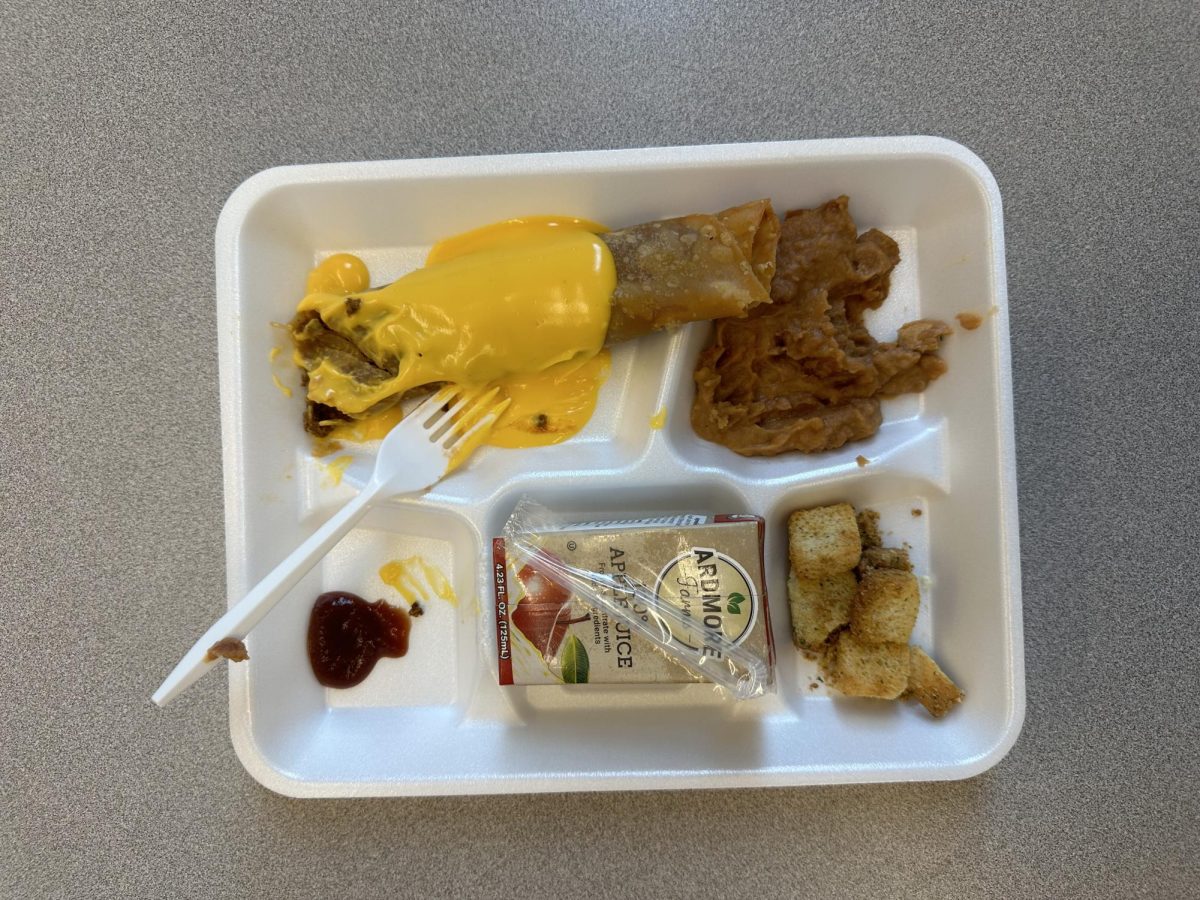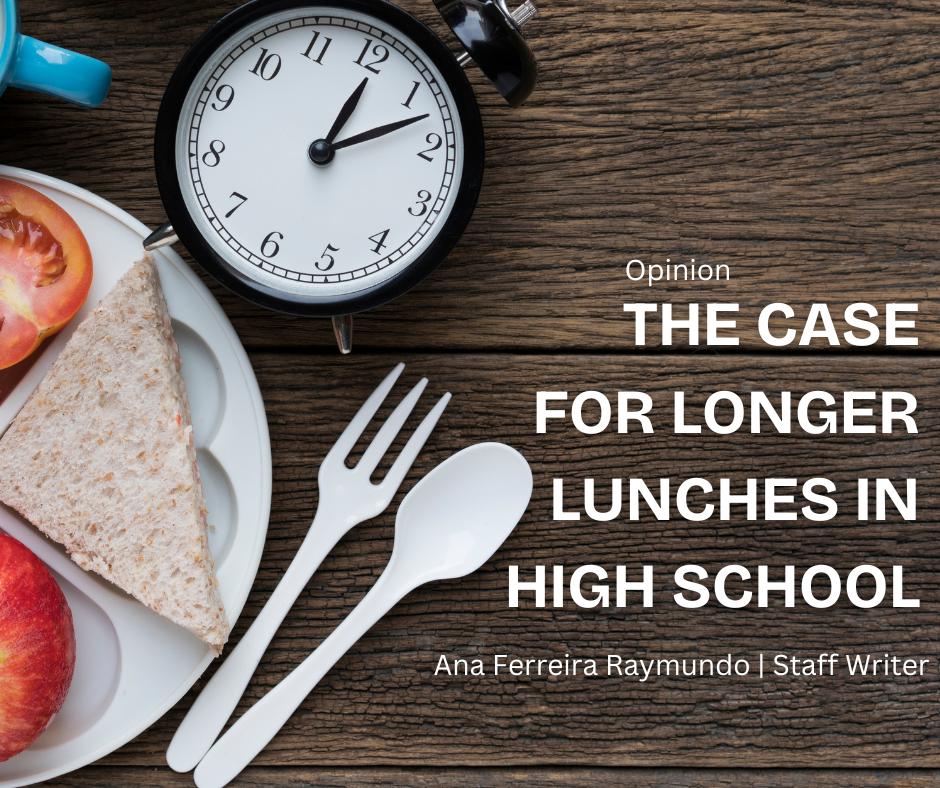Before visiting America, I would watch American TV shows such as “Liv and Maddie”, “Shake It Up” and “Gossip Girl”. The scenes that stood out to me were when the characters ate lunch in the school cafeteria.
In my home country of Azerbaijan, students do not eat lunch at school. As an international exchange student, my first experiences eating school food at an American school have been quite an eye-opener.
Back home, meals are not a typical part of the school day. Students usually bring snacks to eat during short periods, so the idea of a school providing lunch was completely new to me.
I have seen many times in movies where American students would eat their lunches in the cafeteria and, to be transparent, the shows and movies made school food look unappetizing and unhealthy.
Walking into the cafeteria on my first day was like stepping into another world: the noise, the smell, and the long line of students waiting for their food. The food options were unfamiliar and, frankly, unappealing to me.
Trying to adapt to the new flavors and portions has been a real challenge. On my first day, they served a roll with some kind of meat and cheese on top. To be honest, the meat didn’t taste like meat at all, and no one seemed to know what was actually inside. The next day we had what they called ‘lasagna’ for lunch, but the filling was equally unpleasant.
For several days, I struggled to find anything edible. I also discovered that many students bring their own lunches because they cannot tolerate school food. So far, the only decent option I have tried was the chicken nuggets with barbecue sauce on top of it. Heavily processed food is what they feed students here.
In Azerbaijan, we have lighter, more straightforward meals. We preferably eat a lot of dishes made from fresh ingredients like beef, chicken, vegetables and rice. Fresh food and healthy food seem impossible to find in an American cafeteria.
Yes, there are some healthy options, but most of them are just small servings of fruits and vegetables.
The first time I decided to not eat some of the food, I discovered vending machines to get snacks from, but unfortunately they do not work during lunch time due to a policy. In my opinion, this seems unreasonable because the cafeteria food is not edible.
So far my favorite thing to eat during lunch time have been the cookies from Tiger Den. They are soft, warm and have different flavors that I can choose from. Despite the high price, I still buy them because of how delicious they are.
My subpar experiences in the cafeteria didn’t end with the food. The cafeteria is a hub of social activity, and I felt like a fish out of water. It’s hard enough adjusting to a new school environment and language, but navigating the social dynamics of the cafeteria made it even more daunting.
The chatter and laughter around me only served to highlight how different I felt from everyone else. I found myself eating alone most days, feeling awkward and out of place – until I was invited to eat lunch with some journalism students.
Despite these challenges, I’m learning to cope. I’ve started making an effort to better understand the local cuisine. I’m also working on integrating myself into the cafeteria’s social scene by joining conversations and communicating with other students. It’s a slow process, but I’m hopeful that with time, lunch will become a less exhausting part of my day.
My experience is a reminder of how important it is to be sensitive to different cultural practices and the struggles that come with adapting to new conditions. For those who find themselves in a similar situation, know that it’s okay to take small steps and seek support when needed. And for everyone else, a little patience and understanding can go a long way in helping international exchange students or new students adjust to an unfamiliar environment.

